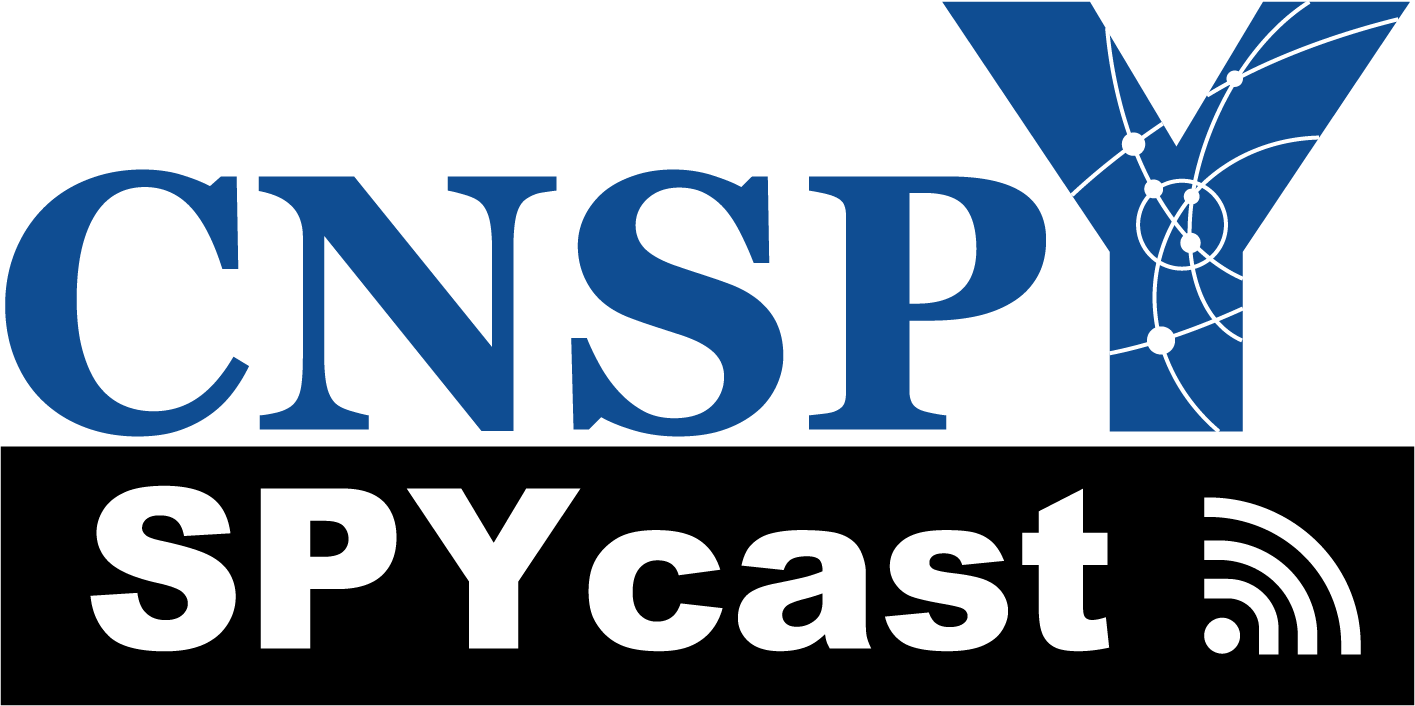With a PhD, it’s understood that you’re smart enough to handle any job you face. What sets you apart from the competition are your “soft” skills – i.e., people management, self-directed discipline, communication skills, etc. Often it’s these soft skills, not your intelligence, that will make you successful in your next position. This is true for both academic and non-academic positions, although soft skills are certainly weighed much more heavily for non-academic positions.
Amongst these soft skills, there is one skill that is rarely discussed that is arguably THE most important skill you’ll need in ANY job. What is it? Ambiguity Tolerance.
Ambiguity tolerance is the ability to accomplish a goal when that goal is completely undefined and vague.
You may be wondering how on earth you could possibly complete a task successfully when you don’t know what that task is, however… as a scientist, you already have this skill. 🙂
When you join a lab, you know you need to find a research project, discover something new, and ultimately publish your findings, but at the start of that journey, many scientists have no idea what that project will be or where it’ll take them; yet, they are often successful in completing this task. Sure, your PI may want you to investigate a certain pathway or follow up on a lead from some preliminary data, but there is very little direction involved, especially if you’re a postdoc. Being successful when the task is vague and unclear is exactly what ambiguity tolerance is.
Here’s an example of ambiguity tolerance in a non-scientific scenario:
Jeff Selingo, award-winning columnist and best-selling author of College (Un)Bound and There is Life After College: Navigating Your Time in School So You Are Prepared for the Jobs of Tomorrow, shares the story of his first job interview after graduating from college. He had applied for a job as a journalist for a local newspaper in Wilmington, NC, and the interview did not go as he had expected… Here’s Jeff:
“The managing editor of the newspaper picked me up at the airport, and after a quick lunch, he dropped me off on Front Street, the historic main thoroughfare along the banks of the Cape Fear River. He told me to go find a story.
It was a Friday afternoon in late August, and I had to report and write the story by 5 pm. I had never been to Wilmington before, I didn’t know anyone else in town, and I didn’t have a car. All I had was the notepad and pen the editor kindly gave me. For the next several hours, I roamed the streets talking to business owners, local residents, and tourists. I eventually found a story – about a tourism campaign the state was undertaking after a close call with a hurricane – and filed it on time.
But as the editor later told me, the article itself was not the test. It was my reaction when he dropped me off – he wanted to see what I would do in an unfamiliar situation. Other job candidates, he said, either panicked and asked for a specific assignment or they figured out how to get the job done. He wanted employees who could cope with the unknown on a daily basis.
As artificial intelligence increasingly makes many jobs obsolete, success in the future will belong to those able to tolerate ambiguity in their work. Too many recent graduates, however, approach their job descriptions the way they did a syllabus in college – as a recipe for winning in a career. They want concrete, well-defined tasks, as if they were preparing for an exam in college, but ‘Excelling at any job is about doing the things you weren’t asked to do,’ said Mary Egan, founder of Gathered Table, a Seattle-based start-up and former senior vice president for strategy and corporate development at Starbucks. ‘This generation is not as comfortable with figuring out what to do.’” (Original Article)
Jeff highlights a very important point – that, unlike standard classes, there is rarely a syllabus for each semester, season, or quarter of the year for a given job. There may be certain overarching goals the company or institution wishes to achieve, but the way to get there is rarely, if ever, defined. However, employees are still expected to accomplish these monumental tasks.
Ambiguity tolerance and seeing these tasks as challenges, not obstacles, is what will set one employee, or job candidate, apart from the next. As a professional, you are given the job so that you will be the one to figure out how to accomplish these goals for the company/institution. If the path were clearly defined, as Jeff alludes to, a computer or a monkey could do the job. Thus, the ability to embrace ambiguity and achieve goals without knowing the steps involved to get there is the most important skill that you can bring to the table in any job interview.
Work to hone this skill by accepting new challenges with gusto and volunteering to help with new projects, specifically those that are new and different to you. For example, your range of “projects” could include taking on a brand new research project or starting a new project based purely on a literature search to something as diverse as offering to plan a meeting/small conference or host a seminar speaker without having ever reserved a meeting space, booked a caterer, or organized an event requiring pre-registration before.
Any task/goal that would require you to step outside of your comfort zone will be valuable practice in tolerating ambiguity. You will then be able to speak to this skill in the future and perform under pressure if your next job interview takes on an interesting and unexpected format.
** Learn to tolerate ambiguity. Take on new challenges and let us know how it goes! **
Share your thoughts below by clicking the “Leave a Reply” link or by clicking the chat bubble in the top right of the post.






November 17, 2017 at 9:18 pm
This is very nice post. It is also very helpful for us. I have been searching this types of tutorial. Some days ago I read an article about communication skills , but this post is better than post.
August 31, 2023 at 10:00 pm
orologi replica rolex SA è stata fondata nel 1905 da Hans Wilsdorf e dal fratellastro Alfred Davis. Nonostante sia una delle più grandi aziende orologiere svizzere, Wilsdorf è tedesca e la prima ha sede a Londra. Wilsdorf & Davis era il nome originale dell’azienda che in seguito divenne la
November 10, 2023 at 2:48 am
Rolex ha creato la collezione Cellini nel 1968, riunendo tutti gli orologi hublot replica eleganti e tradizionali del marchio. Dal 1963 un’idea di André J. Heiniger, successore di Hans Wilsdorf, che grazie alla sua esperienza imprenditoriale ha trasformato l’azienda in un prestigioso marchio di orologi.
November 12, 2023 at 9:33 pm
Given the name 28ti, the watch features a brand new execution for Voutilainen, yet it should feel quite familiar for the Kari faithful. If you haven’t guessed yet, Panerai Replica that is because much of the watch’s movement — which is visible from the dial side, a first for Voutilainen — is taken from the Vingt-8 construction that is easily distinguishable due to the extra-large balance wheel found in the 28ti’s top-left corner.
March 25, 2024 at 3:57 pm
I want to express my appreciation for your hard work to compile these blog. Reading is my sparetime hobby. Namaste